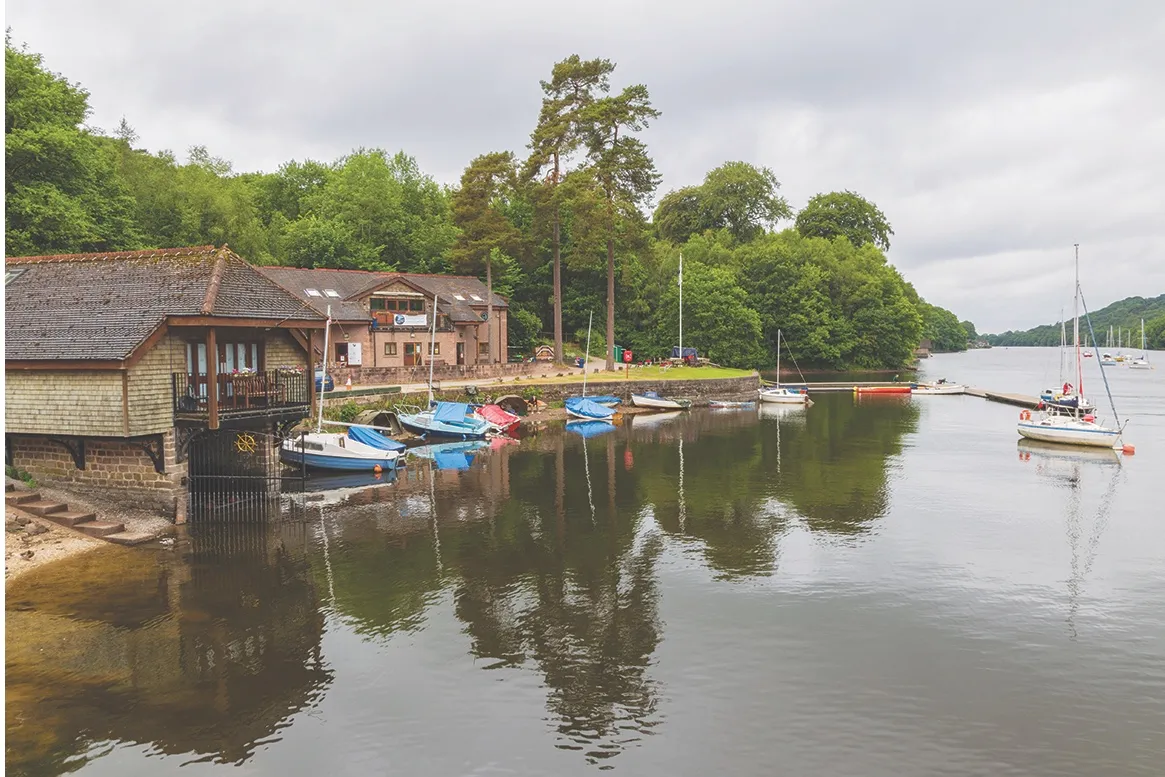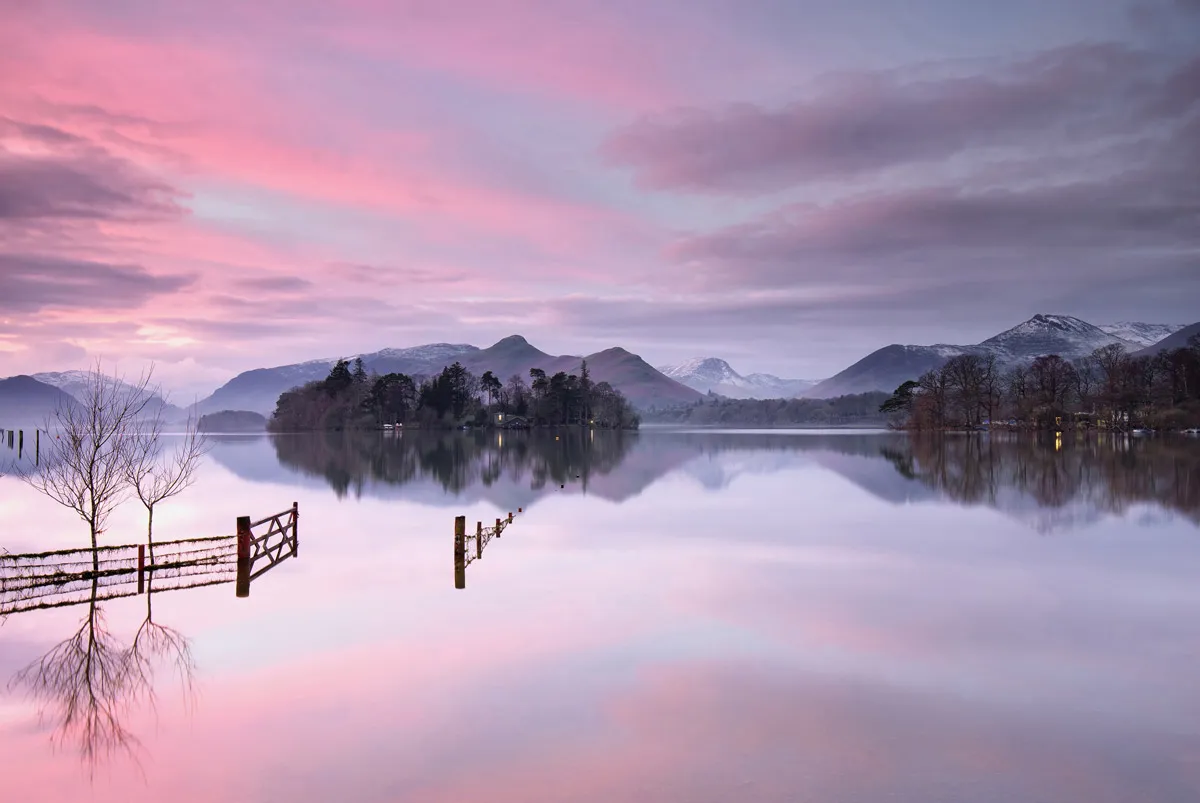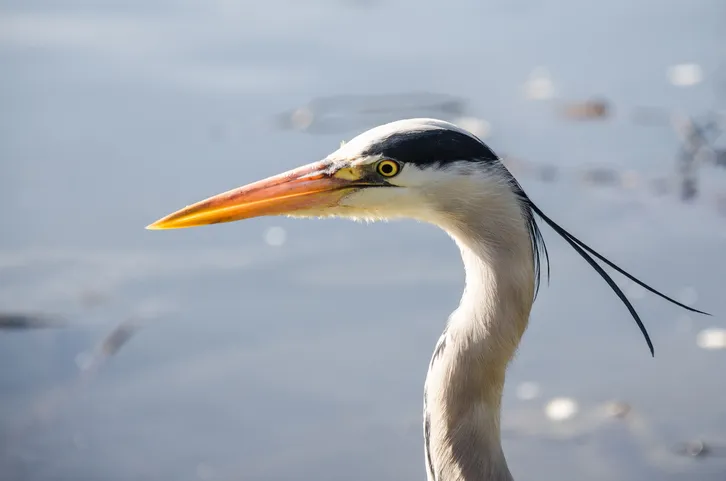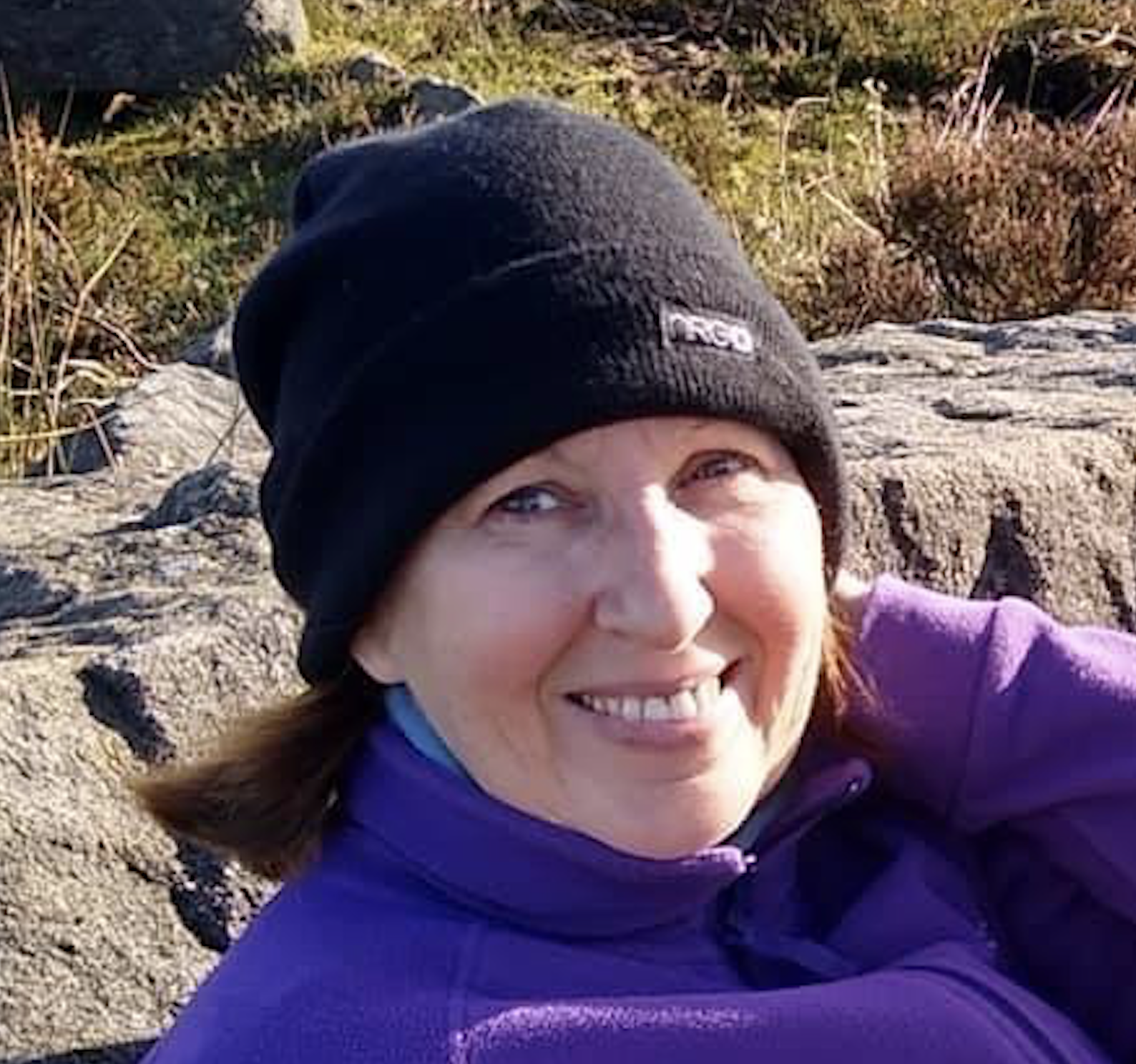In 1863, John Lockwood Kipling and Alice McDonald walked the leafy shores of Rudyard Lake. Two years later, in faraway Bombay, they christened their firstborn after the lake where they’d courted. Rudyard Kipling became the acclaimed author of The Jungle Book.
Rudyard Lake, constructed at the end of the 18th century to feed the Caldon Canal, is actually a reservoir. But strolling along the waterside, it feels part of the natural landscape, tucked into wooded hillsides and undulating meadows.

Boathouse Beauty
This alluring corner of Staffordshire became a fabulous playground for Victorians such as the Kiplings, who arrived in droves on the newly constructed North Staffordshire Railway (NSR). There were fleets of rowing boats, a funfair, brass band concerts and tearooms. Captain Webb, the first man to swim the English Channel, demonstrated his aquatic skills on Rudyard, while trapeze artist Carlos Trower, the ‘African Blondin’, wowed the crowds with his tightrope tricks high above the reservoir.
Nowadays, Rudyard Lake is much quieter, though its old-world charm is still a draw. There’s a miniature railway that chugs up the eastern shoreline and four elegant Victorian boathouses, including the lovely Lady of the Lake surrounded by water.
Related articles

The NSR Boathouse now houses a visitor centre, while the Earl of Macclesfield Boathouse on the opposite shore chronicles the history of the building. Both have balconies where you can sit and survey the boating activity on the water and
enjoy a picnic.

Lapwing walk
For the active, you can cycle in from nearby Leek along the dismantled railway. Rowing, kayaking and sailing are all on offer at the activity centre, while the walk around Rudyard, following the lapwing signs, is one of pure delight. It leads through woodland, reed beds, parkland with an abandoned neo-Gothic house and elegant waterside houses. There’s a chance of seeing herons, curlews and ringed plovers, too. Finish at the café by the activity centre.
On cooler days, you can warm up by the café’s woodburner and watch the rolling gallery of black-and-white photos from the Victorian era on the monitor, or on hot summer days, sit outside on the terrace and enjoy the waterside breeze.
